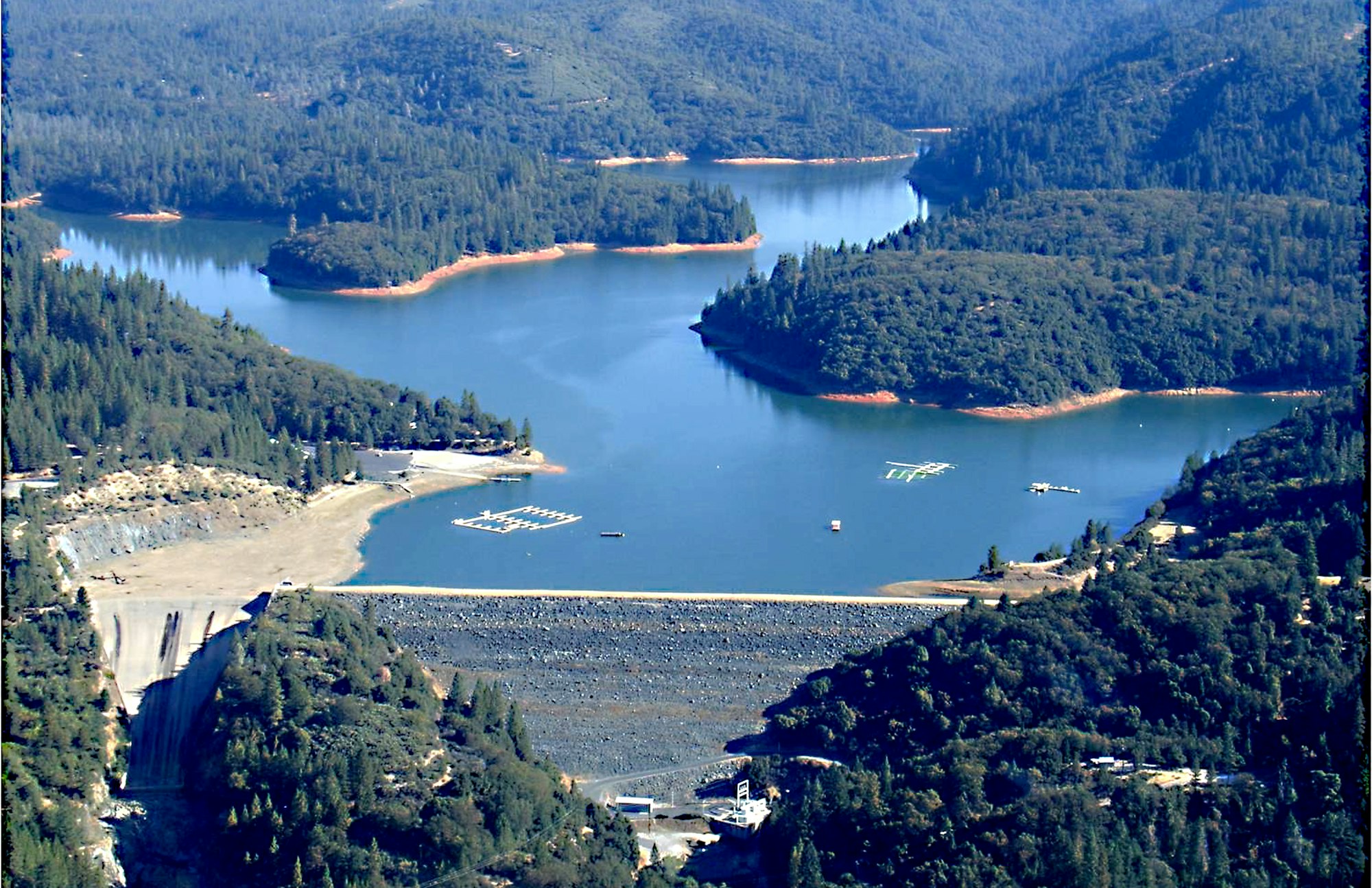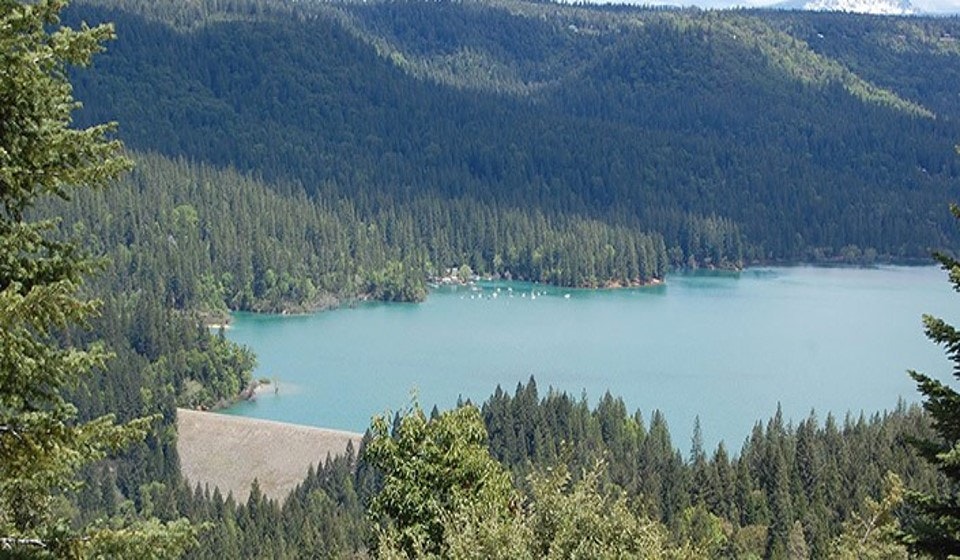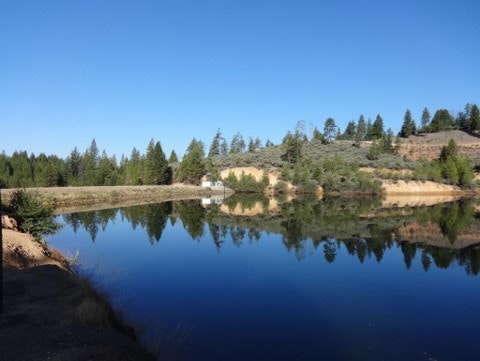NID Reservoirs

NID’s reservoirs vary greatly in size and function:
- storage reservoirs (9)
- water distribution reservoirs (15)
- hydroelectric system reservoirs (4)
- diversion reservoirs (21)
STORAGE RESERVOIR

A reservoir is an enlarged lake behind a dam, which typically is constructed across a river. A reservoir can also be formed from a natural lake whose outlet has been dammed to control the water level. The dam controls the amount of water that flows out of the reservoir.
The main purpose of storage reservoirs in the upper division (High Sierra mountains) is to collect water from snowmelt store the excess water during periods of higher flow. This way, floods can be controlled, and the stored water can be released gradually for longer periods. This stored water can be used for domestic, industrial, and agricultural purposes.
NID operates and maintains nine storage reservoirs with a combined storage total of 280,085 acre-feet

Storage Reservoirs (9)
- Bowman Lake
- Lake Combie
- Faucherie Lake
- French Lake
- Jackson Lake
- Jackson Meadows Reservoir
- Rollins Reservoir
- Sawmill Lake
- Scotts Flat Reservoir
Most of these lakes are open to recreation. In the mountains,: Bowman Lake, Faucherie Lake, Jackson Meadows Reservoir, Rollins Reservoir, Sawmill Lake, and Scotts Flat Reservoir.
In the foothills: Scotts Flat Lake, Lake Combie, and Rollins Reservoir.
WATER DISTRIBUTION RESERVOIRS
Distribution reservoirs, also called service reservoirs, are the storage reservoirs, which store the treated water for supplying water during emergencies (such as during fires, repairs, etc.) and also to help in absorbing the hourly fluctuations in the normal water demand.
Distribution or service reservoirs are used in a distribution system to provide storage to meet fluctuation in demand of water, to provide storage for firefighting and emergencies such as breakdowns, repairs etc., and to stabilize pressures in the distribution system.

Water Distribution Reservoirs (15)
- Alta Hill Reservoir
- Cunningham Reservoir
- Edgewood Reservoir
- Loma Rica Reservoir
- Maben Reservoir
- Magnolia III Reservoir
- Newtown Reservoir
- Pickett Reservoir
- Red Hill Reservoir
- Rex Reservoir
- Rough & Ready Reservoir
- Ruess Reservoir
- Smith Moulton Reservoir
- Union Reservoir
- Valley View Reservoir
HYDROELECTRIC SYSTEM RESERVOIRS

The most common type of hydroelectric power plant is an impoundment facility. An impoundment facility, typically a large hydropower system, uses a dam to store river water in a reservoir. Water released from the reservoir flows through a turbine, spinning it, which in turn activates a generator to produce electricity.
Hydroelectric System Reservoirs (4)
- Chicago Park Forebay
- Dutch Flat 2 Forebay
- Dutch Flat Afterbay
- Little York Basin
Diversion reservoirs
A diversion dam is a structure built to reroute all or part of the flow from its natural course into another waterway. These dams generally do not impound water, but divert flows into canals. Then, the water can be used for irrigation or to serve hydroelectric power generation facilities before returning to a different waterway.
Diversions (21)

- Milton Reservoir
- Auburn Ravine I
- Combie Phase I
- Camp Far West
- Cascade
- D.S.
- Newtown
- Tunnel
- Tarr
- Keystone
- Hemphill
- Orr Creek Reservoir
- Bowman-Spaulding
- Clear Creek
- Fall Creek
- Rucker Creek
- Deer Creek Reservoir (Lower Scotts Flat)
- Texas Creek
- Trap Creek
- Wilson Creek
- Dutch Flat #2

